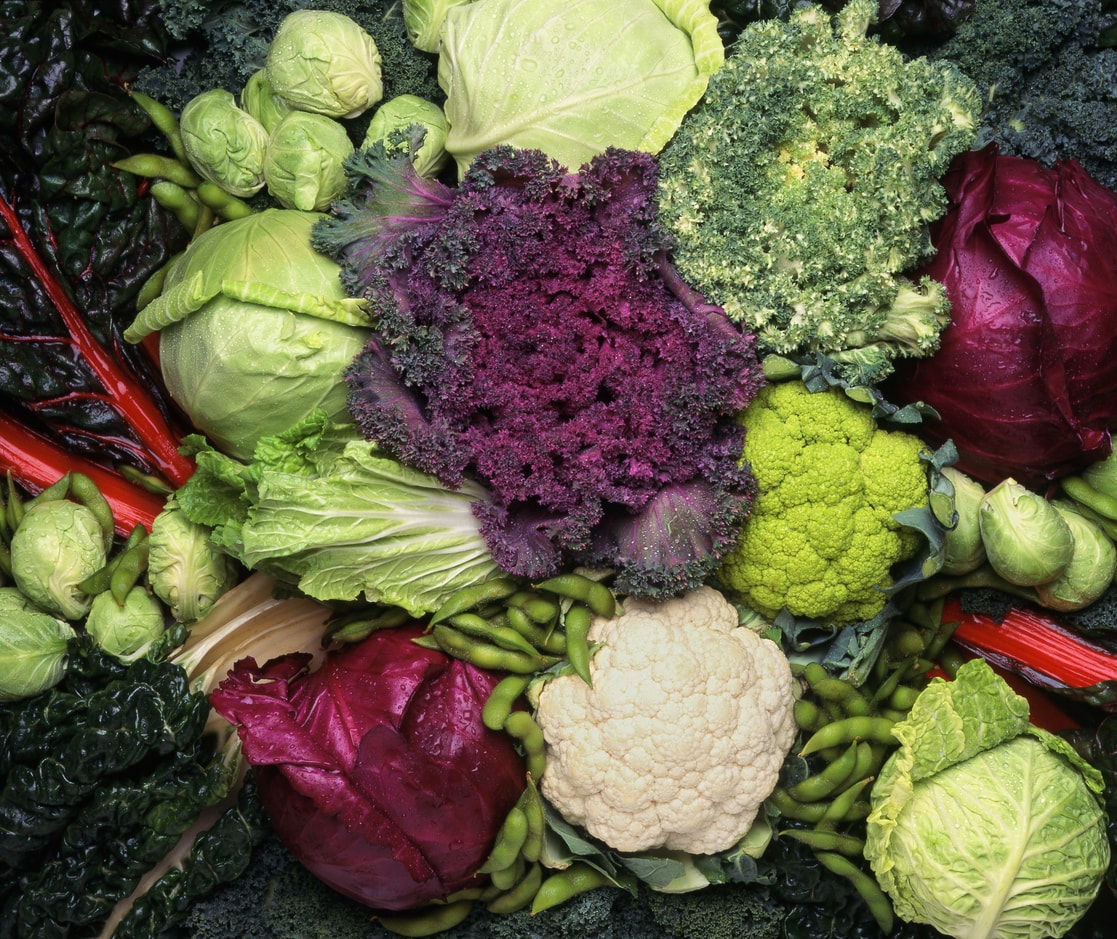This time of year is a perfect time to think about your fall garden. What are you going to do when the tomatoes, squash and green beans finally give their last? Do you let your garden lie fallow over the winter or do you want to grow broccoli, peas, kale, etc.?
If you’re going to let those summer veggies chug along until the frost finally gets them, then yank them up and enjoy a well-deserved rest for the winter, then there are a couple of things to keep in mind.
1: Make sure you do actually pull up those spent summer crops since garden debris is a great hiding place for insects to lay eggs and diseases and weed seeds to hibernate. The only exception would be beans, which could be tilled under. Legumes enrich the soil with nitrogen. Be sure to keep the area weeded over the winter.
2: Top-dress your garden with a couple of different kinds of compost to a depth of three or so inches. You don’t even need to turn it under. Every time it rains or snows over the winter, it will help leech those nutrients further down into the soil.
By the way, when mixing composts, allow at least two parts of a plant-based compost (such as leaf compost or mushroom compost) to ONE part of an animal-based compost (such as composted cow manure). Too much animal-based composts can give you too much nitrogen—leading to that ten food tall tomato with no flowers…
For those of us for whom fall is just the beginning of another gardening season, right now is the time to sow seeds for many of our fall crops—broccoli, cauliflower, peas, etc. I start my seeds in little pots outside—keeping them in an area where they get good dappled sun, but no beating sun. On extra hot days, I’ll pull them over into mostly shade. Cool-season crops don’t like boiling hot summer sun.
Come Labor Day weekend, I’ll begin looking for spots to plant the seedlings. By then I usually have some bean plants ready to go or a couple of squash plants that have given into powdery mildew. Some of the seedlings I’ll transplant into bigger pots, buying time until I’m ready to pull up the peppers or cucumbers.
And, of course, I always direct sow root crops like carrots, radishes, beets, turnips, or parsnips since root crops don’t transplant well.
When planting seeds, remember, the back of the seed packet is the single best source of information as to exactly when to plant, how far apart, how deep, and even if sowing inside or direct-sowing outside is best.

